Forget what you’ve heard about online business. Here’s the real deal.
Online success does NOT come from getting excited about each hot new online trend promising “passive income”—whether it’s:
- Artificial intelligence,
- Bitcoin,
- TikTok,
- Affiliate marketing,
- Dropshipping,
- Multilevel marketing,
- And I could go on and on…
Online business success comes from treating it like a real business. And that means we need customers, products, and a good strategy to sell.
Many online marketing experts understand this. That is why they sell you products just like any other business, including books, courses, and coaching programs. But their advice often falls short. They push us to chase the latest trends.
“Dotcom Secrets” is different. It offers a clear, step-by-step plan to build a real business using sales funnels. Yeah, it’s hard work, but the potential rewards are big. As Brunson says, “You’re just one funnel away…” (from changing your life).
Remember, making tough choices can lead to an easy life, while easy choices can make life harder.
About the author
Russell Brunson co-founded ClickFunnels, a company that provides software to help businesses build online sales funnels. It now serves over 100,000 members. Brunson has created various successful online businesses, including one that sold potato cannons! Today, he has sold hundreds of thousands of books and is followed by millions of entrepreneurs around the globe. He was also a top college wrestler, lives in Idaho, and happens to be a member of The Church of Jesus Christ of Latter Day Saints.
🎯 1. Discover Your Ideal Customer: Online business success begins with a deep understanding of your customer’s needs and desires
The cornerstone of any thriving business is understanding and meeting the needs of the customer. This principle, outlined in Russell Brunson’s Dotcom Secrets, begins with the “secret formula”: identifying who your customers are, locating where they congregate, deciding how to reach them, and ultimately, providing a result they desire.
Let’s explore these steps:
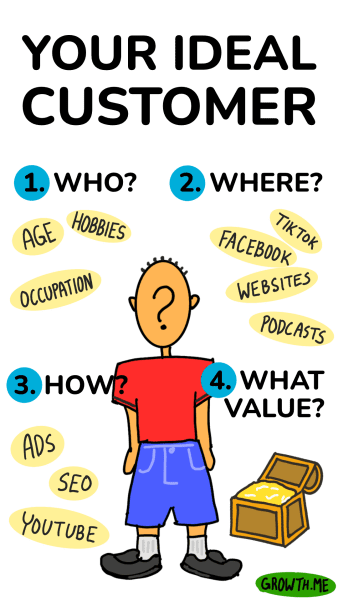
- Who are they? 🔎 This involves identifying their hopes, fears, struggles, and desires. You can gather this information through online research or personal interviews.
Sometimes, as part of the market yourself, you possess an insider perspective on what your customers need. For example, Russell Brunson was an online business owner frustrated with the cost and time involved in creating sales funnels. This led him to develop unique software that alleviated this problem. - Where are they? 🌐 People with common interests tend to congregate, both online and offline. Identifying these places makes it easier to conduct market research and provides a platform for advertising. Begin with looking where you spend time online – Facebook groups, communities centered around influencers, or podcast discussions could all be popular gathering spots.
- How will you reach them? 👥 One way is buying advertisements, Brunson’s favored method. With an effective sales funnel, you can afford to purchase ads and still turn a profit. Another approach is to earn people’s attention organically through platforms like YouTube, Instagram, or Google Search, although this method is generally slower and less predictable. Regardless of how you attract attention, the ultimate goal is to convert these viewers into email subscribers, because that is a channel you own.
- What value will you deliver? 🚀 You need to identify how you will enhance their lives. How can you help them achieve their goals or avoid what they fear? What results will your product deliver? For example, people join ClickFunnels because they aspire to earn money online, ideally exceeding $10,000 per month.
This first step may seem obvious, but its importance cannot be overstated. Too often, new business owners focus on themselves or their product, saying, “Buy my product because it’s great.” But customers want to know: What’s in it for me?
A more successful approach connects with customers by first addressing their interests and needs. Instead of saying, “Buy my product,” you might say, “Are you struggling with ABC? Have you ever wanted XYZ? If so, I have something to share that you may find useful…”
This approach is backed by Dale Carnegie in his influential book How to Win Friends and Influence People. He said, “So the only way on earth to influence other people is to talk about what they want and show them how to get it.”
Another great book for online business owners is The Millionaire Fastlane by MJ DeMarco, who made millions from launching a limousine rental business. At the core of his book, he shares a similar message, “Stop thinking about business in terms of your selfish desires, whether it’s money, dreams or ‘do what you love.’ Instead, chase needs, problems, pain points, service deficiencies, and emotions.”
The first step is to have a clear picture of WHO your target customer is. This includes their goals, dreams, pains and fears. Only with this understanding will you be able to know HOW to communicate to them and WHERE to find them (advertise).
🚀 2. Mastering Marketing Funnels: Improve sales and conversions through laser-focused funnel pages
What is a marketing funnel or sales funnel? It’s a series of web pages designed to take your customer on a tightly guided journey through the buying process. Each page in a funnel is aimed towards ONE specific goal, like getting the visitor to subscribe to a newsletter, register for a webinar, purchase a product, apply for coaching, etc.
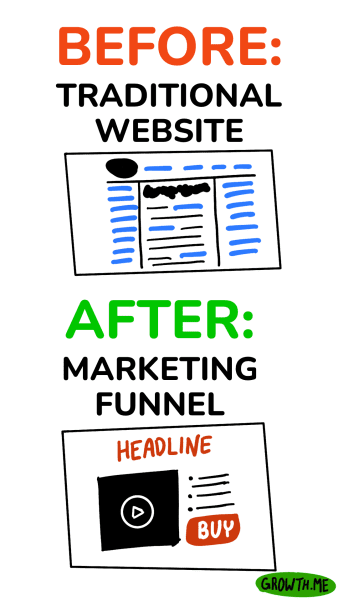
Traditional websites are not effective at selling because they present the user with too many options, often dozens of links to different pages and articles. In the end, the visitor gets distracted and eventually leaves your website, usually never to return, let alone buy. As Russell Brunson says in Dotcom Secrets, “A confused mind always says no.”
Different types of funnels include:
- Lead Funnels: 📧 These are designed to capture a visitor’s email address for future marketing followup and build your audience.
- “Squeeze” Funnels: These offer a valuable resource, like a free report or e-book, in exchange for the visitor’s email address. (The resource is sometimes called a “lead magnet” or “bait.”)
- Survey Funnels: These guide visitors through a set of questions to understand their needs and preferences better, enabling you to segment your audience and provide personalized offers.
- Summit Funnels: These funnels are used to register visitors for an online event, often featuring multiple guest speakers over several days. By partnering with many established experts, you can build a large email list in a few weeks time.
- Frontend Funnels: 🛒 These funnels aim to convert visitors into customers by offering a lower-priced product, followed by upsells and downsells.
- Free + Shipping Funnels: These offer a free product like a book, asking visitors only to cover the shipping and handling costs.
- Add to Cart Funnels: These present an explanation and demonstration of the product, along with an “Add to Cart” button. Great for physical products, they are like a more focused version of a traditional e-commerce page.
- Challenge Funnels: These offer a time-limited challenge (like a 30-day fitness challenge) that customers pay to participate in, often followed by a relevant product offer.
- Middle Funnels: 📈 These aim to increase customer lifetime value by offering more expensive products or services.
- Video Sales Letter (VSL) Funnels: These use a persuasive video to present an offer, often followed by a call to action to purchase a mid-tier product.
- Webinar Funnels: These register visitors for a free online seminar, where you provide high-value content and then pitch a product or service priced between $100-$2,000.
- Product Launch Funnels: Used when introducing a new product or service, these funnels use a series of emails and 3 informative videos to generate excitement before the launch date.
- Backend Funnels: ☎️ These target existing customers with high-ticket offers.
- Phone Application Funnels: These funnels are used for expensive offers, starting with a free or low-cost offer, followed by an application form to qualify leads, and then a sales call to close the deal.
Feeling a bit overwhelmed by all these funnel types? Uncertain about which to choose or where to start? Here’s a helpful concept: funnel hacking. This is a strategy where you study and ‘model’ the successful marketing funnels of others. Russell Brunson does this before creating any new funnel, carefully examining several competitors to understand what makes their business tick. It’s important to note, however, that this is not about copying. Rather, the goal is to study the structure of funnels that are already successful, and use these insights in your own business. (In fact, this is nothing new!—Advertising copywriters have been doing this practice for decades, by keeping a “swipe file” of impressive ads.)
Does setting up a successful sales funnel take hard work and commitment? Absolutely! But to avoid getting discouraged, remember this is the kind of work that really matters in online business. As Tim Ferriss says in The 4-Hour Workweek, “Being busy is most often used as a guise for avoiding the few critically important but uncomfortable actions.”
A marketing or sales funnel is a sequence of pages that take your website visitor on a guided journey through the buying process. Each pages has one clear goal, such as getting them to sign up with their email or purchase a specific offer.
🎢 3. The Art of the “Value Ladder”: Boost profits by bringing back repeat customers with increasingly valuable offers
The Value Ladder is a core strategy that drives profitability in every business created by Russell Brunson and his students.
The Value Ladder is about consistently offering your customers increasingly valuable and more expensive products or services over time.
Like the name suggests, it’s a ladder that your customer climb, a metaphor that illustrates your customer’s journey with your brand. They go up the ladder, step by step, transforming from being strangers to happy customers, then becoming loyal clients and raving fans of yours.

Why is a value ladder so essential? Simply put, it allows you to win. As marketing guru Dan Kennedy, who is often mentioned by Russell Brunson, stated: “The business that can spend the most to acquire a customer wins.”
When you have a fully developed value ladder, or a backend catalogue of products, then customers will be able to spend a lot more money in your business, unlocking greater profits. And with a higher average profit per customer, you’ll be able to spend more than any competitor on advertising, to grow your business further. It becomes a positive upward spiral.
Take the example of Eben Pagan, an early pioneer in online marketing, who built a $20 million-per-year business selling dating advice to men. The first product his customers bought was an eBook called “Double Your Dating” that cost just $20. But that was only the tip of the iceberg. Almost all his profits came from his many backend courses, priced at a few hundred dollars each.
Practical Steps to Leverage the Value Ladder Strategy:
- Upsells, Downsells, and Bumps: 💰 Right after someone makes a purchase, before they see the thank you page, show them an upsell. Just like McDonald’s asks “Do you want fries with that?” More customers will say yes than you expect, because they’re already sold on doing business with you.
- An upsell usually a more expensive product presented as a limited one-time-offer. If you’re selling an information product, then offer a complementary product. If you’re selling a physical product, then offer more of the same product.
- A downsell is an offer that is a step down in value/price, presented if they refuse the upsell.
- Order form bumps are a different, more subtle way of presenting an upsell, as a checkbox on the initial order form.
- Funnel Stacking: 👀 Use your thank you page as an opportunity to promote the next marketing funnel in your value ladder, right after your customer completes a purchase.
- Long-term Email Follow Up: ⛓️ Maintain a steady stream of communication with your customers via email. Over time, you will build trust, familiarity and a relationship, so that many will eventually climb higher on your value ladder.
A Value Ladder guides customers on a journey, from your cheapest to most expensive products, where most profit lies. Practical tactics include: adding different kinds of upsells, using thank you pages to promote the next funnel on the ladder, and following up by email to nurture the customer relationship.
🐟 4. Hook, Story, Offer Formula: The 3 essential elements for winning customer attention, interest, and conversions
To create a successful online sales funnel, you need to master just 3 things: your hook, story and offer. These elements form the solid foundation beneath every successful marketing funnel. If your online business is failing to perform, Russell Brunson says it’s almost always because of an issue with one of these 3 elements.
The Hook

The hook is what captures the attention of your potential customers. It’s the first point of contact you have with them, when they first see your ad or website. To put it simply: you must “hook” people with your headline or the first few seconds of your video, if you want any chance of them sticking longer on the page and entering your marketing funnel.
The best hooks use a combination of benefit + curiosity. They promise the reader some desired gain while also raising questions in their minds. Here’s one example that I saw long ago: A book with the title “Why French Women Don’t Get Fat” became a national bestseller. It explained the “French paradox,” which is that obesity in France is low despite French people often eating pastries and drinking wine. This title is a perfect hook because it contains an implied benefit (readers may learn how to lose weight), while also raising curiosity and questions (“why don’t they get fat eating pastries?”).
The Story
The second pillar is the story. This is where the magic of persuasion and connection happen. By telling a compelling story, you can form a bond with your audience and help them understand why your product or service is the solution they’ve been looking for.
Steve Jobs brilliantly harnessed storytelling to shape Apple’s brand and launch its first Macintosh computer. He cast Apple as a fearless underdog, daring to challenge the dominance of the corporate giant, IBM, referred to as “Big Blue.” He likened IBM to the oppressive “Big Brother” from George Orwell’s dark vision of the future in his novel “1984.”
These narratives and compelling visuals in Apple’s ads painted a clear image: Apple as the beacon of creativity and freedom in a market dominated by the uniformity and control of IBM. The result was not just the launch of a product, but the birth of a brand ethos that continues to define Apple today.
The Offer
Finally, there’s the offer. It’s not enough to simply present your product or service…
You must communicate your offer in a way that increases its perceived value and uniqueness.
“The Stack” is a valuable tool to help us accomplish this: At the end of every sales presentation, keep “stacking” more on top of the offer—Think valuable additions, bonuses, exclusive content or valuable services. It’s kind of like those old infomercials that kept saying “but wait there’s more!” but you’ll be doing it in a much less cheesy way. A marketing teacher named Armand Morin taught Russell Brunson this trick, and it immediately increased his sales so much that he will always use it.
Another great recent book for online business owners is $100M Offers by Alex Hormozi. The core idea of that book is making a “Grand Slam Offer” which is described as “making your customers an offer so good they would feel stupid saying no.” He has a specific process for building those kinds of offers called The Value Equation: increase desire and certainty, while decreasing time and effort. To explain that very quickly, it’s about presenting an offer that fulfills their true desires, provides greater certainty they will attain the promised results, in less time or with less effort.
For a successful marketing funnel, you need three things: a hook, story, and offer. The hook grabs attention instantly, often mixing benefit and curiosity. The story builds a bond with your audience, showcasing your product as the solution to their problem. And the offer increases your product’s perceived value and uniqueness, often by “stacking” bonuses.
🦸♂️ 5. Crafting Your “Attractive Character”: Build a brand persona that creates connection, trust, and loyalty
The next major idea we’ll cover is developing your “Attractive Character.” This isn’t about inventing a false persona, but openly sharing more of your life with your audience. It will make you more relatable and authentic to them, forging deeper trust and engagement.
In Russell Brunson’s own business journey, he began with sharing his experiences as a college wrestler. Quickly he noticed that most of his customers seemed to be athletes themselves! One time on stage he shared a story relating to pregnancy, and found many of the customers he attracted that day were mothers and families. This is how he understood the power of telling stories that develop a personal connection with a specific audience.
Here are 3 essential points for your “Attractive Character”:
- Your origin story. Why did you build your company or product? Sharing this story can connect with people way more than just listing features or benefits. It could be a story of you as a leader, telling of how you found a new solution to a painful problem, saying “I was in your shoes and can guide you.” Or, you could be an explorer, inviting your audience to join you in discovering something new—many podcast hosts use this approach.
One of the best books on branding in the last 10 years is Start With Why by Simon Sinek. It says “people don’t buy what you do, they buy why you do it.” To create a strong company and brand, you must tie your customers and employees together around a common WHY—a purpose, cause, or mission. Why do you get out of bed in the morning, besides money? - Relatable flaws. It’s important to share your weaknesses, too. Even Superman has his kryptonite. Showing your vulnerabilities makes you more human and relatable.
- Willingness to polarize. Lastly, remember the power of polarity. It’s okay if some people don’t agree with you. By standing firm in your beliefs and values, you’ll attract the right audience and build a stronger connection with them.
Building an “Attractive Character” makes you relatable and authentic to your audience, nurturing a deeper personal connection to yourself and your brand. This includes sharing your origin story or personal journey, showing your human flaws, and embracing polarity by standing firm in your beliefs.
📧 6. Effective Email Sequences: Use strategic email marketing to keep customers engaged and guide them back into funnels
An essential strategy in online business is using email to follow up with customers. Why? Because no matter how great your sales funnels are, the simple fact is most people won’t buy from a website on the first visit. That’s where email marketing comes in, allowing us to reconnect with that lead over time, to build greater familiarity, trust, and impact.
Your Lead Magnet or “Bait”
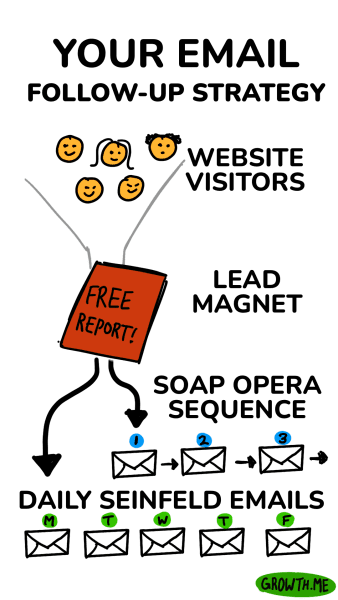
A lead magnet is a small piece of valuable content that is offered in exchange for a visitor’s email address. The best lead magnets are short, quick to consume, and lead our visitors smoothly into the sales part of our funnel. For example, someone signs up for a webinar, learn some valuable tips in the first part, and are then presented with an offer at the end.
Some examples of lead magnets to offer:
- An ebook titled “10 easy recipes for a healthier lifestyle,”
- A webinar on “5 strategies to improve your leadership skills,”
- A checklist or template for “daily productivity planning,”
- An interactive quiz about “what kind of entrepreneur are you?,”
- A free trial to a software product or membership website,
- A discount or coupon for an e-commerce store.
Soap Opera Sequences (SOS)
A Soap Opera Sequence (SOS) is a series of pre-written emails that are sent to a new subscriber automatically. It’s named after soap opera TV shows because of the way they always end episodes with a cliffhanger, encouraging the audience to tune in next time. Similarly, in an SOS, each email ends with a hint of what the next email will contain, keeping the reader’s interest and encouraging them to open the next one. The strategy was first taught by Andre Chaperon, a prominent email marketing teacher.
Here’s a simple example of a 5-email sequence:
- Email 1 – Introduction: Welcome the subscriber, thank them for subscribing, and set the stage for what’s coming. Tease the content of the next email.
- Email 2 – The High Drama: Share a dramatic story or event that relates to your product or service. Use this to build emotional investment. Again, tease the content of the next email.
- Email 3 – The Epiphany: Share the moment of revelation or the turning point in your story. The “one thing” that changed everything for you. This insight should be leading towards your offer. For example, Russell Brunson may tell a story that illustrates the importance of marketing funnels for being successful in online business, which naturally leads to his ClickFunnels software.
- Email 4 – The Hidden Benefits: Explain the benefits of your product or service that aren’t immediately obvious. For example, being able to make money online could help someone to spend more time with family.
- Email 5 – The Call to Action (CTA): This is the final push, so create urgency and encourage the reader to take action right away. This could be making a purchase, booking a call, or whatever your goal for the reader is.
Finally, Russell Brunson also shares a second, complementary email marketing strategy you should use…
Daily Seinfeld Emails
The “Daily Seinfeld Emails” strategy is about sending daily emails to your subscribers with content that, much like the TV show Seinfeld, is “about nothing”. The idea is to make these emails 90% entertainment and 10% content. These aren’t hard sales pitches, but everyday stories or observations that are interesting, engaging, and often humorous. This approach was popularized by email marketer Ben Settle.
The real marketing genius in this strategy is that these daily anecdotes, though seemingly unrelated to your business, subtly tie back to your product or service. The goal is to entertain your readers, keep your “Attractive Character” or your brand top-of-mind, and softly guide them back to your offers.
Just ask: what little story can I share about my day? For example, you could send an email describing a grey tabby cat that you always see sitting in the same spot in your neighbourhood, and how it shows we need to stay focused on our goals… then leading to the goals your offer can help them solve.
Effective email follow-ups help build trust with online customers, as most won’t buy on their first visit. “Soap Opera” emails engage readers with a story, leading to a call-to-action. “Daily Seinfeld” emails keep your brand fresh in mind through everyday entertaining stories tied to your product.
📃 7. Proven Copywriting Templates: Boost sales on your landing pages and videos with these 5 scripts and 13 elements
Now let’s talk about copywriting, the art of writing powerful words to sell your offers in your marketing funnels and sales videos.
Here are a few different types of scripts used by Russell Brunson:
- The “Who, What, Why, How” Script: Ideal for short videos promoting simple offers like email signups or free items. You cover who you are, what you’re offering, why it’s needed, and how to get it.
- The “Star, Story, Solution” Script: Used for mid-priced items. It introduces the Star (likely you), shares your story, and presents your solution.
- The “Perfect Webinar” Script: Suitable for webinars, it provides education before an offer, challenging any myths or misconceptions that may prevent a purchase.
- The “Product Launch” Script: Used to launch higher-priced programs, it’s a sales script split over 4 videos across multiple days. The first 3 videos are similar to previous scripts, with the final one making the offer.
- The Phone Application Script: Used for higher-value programs like coaching, delivered one-on-one over the phone. It involves qualifying each prospect with an application, detailed questioning to understand their desires, pains and obstacles, and a simple close: “Want my help?”
In this book summary, we don’t have time to explain each one in detail, but here are some common elements of most of these scripts:
- Hook Their Attention: In the first few seconds, promise a big benefit and generate curiosity. You’re not selling yet, just capturing attention. For example, one of Brunson’s webinar registration pages promises to reveal “My Weird Niche Funnel That’s Currently Making Me $17,947 Per Day!”
- Stir Desire: Next, you’ll want their focus to turn towards the problem or pain that your product can solve. In some sense, this will agitate their desire for change.
- Share Your Story: Reveal your struggles and the crucial revelation you found—the ‘one thing’ that changes everything. For example, a weight loss coach may tell a story like “I thought I needed to count calories and exercise 2 hours each day, but then I discovered that…”
- Unveil ‘3 Secrets’: Debunk misconceptions or myths that could stop them from buying your product.
- Highlight a Common Enemy: Show a widespread lie they’ve been told related to their issue.
- Introduce Your Product: Detail the struggle to create it, its features and benefits, and the time and effort it will save them.
- Provide Social Proof: Share testimonials or success stories.
- Emotional Close: A ‘soft close’ before revealing the offer, using the words “If all…” For example, “If all this program did was help you attract just 10 new customers to your business each month, would it be worth the investment?”
- Value Stack: Increase the perceived value by 10x by adding more bonuses to the offer, then reveal the real price. The sudden contrast should feel like a relief to the viewer.
- Risk Reversal: Provide a money-back guarantee or warranty to remove risk.
- Use Scarcity: Limit the product availability or time to purchase, to encourage immediate action.
- Recap: Summarize the offer one last time.
Use proven sales scripts to effectively sell your products or services. These scripts typically begin by grabbing attention, fueling desire through stories and revealing unknown secrets, then showcasing your product with added value, guarantees, and limited availability before giving a call to action.
- Research Online Hangouts: Find out where your potential customers spend time online. This could be Facebook groups, forums, or certain podcasts.
- Create Customer Profile: Write a brief description of your ideal customer. Note down their hopes, fears, challenges, and desires.
- Start a Swipe File: Keep an eye out for successful sales funnels. When you find a good one, study it, take screenshots, and note what works.
- Plan Your First Funnel: Think of a high-value offer, ideally around $1,000. Outline a simple, clear funnel for this offer.
- Brainstorm Bonuses: Come up with 10 potential bonuses that could add value to your offer. These bonuses will boost the perceived value of your main offer.


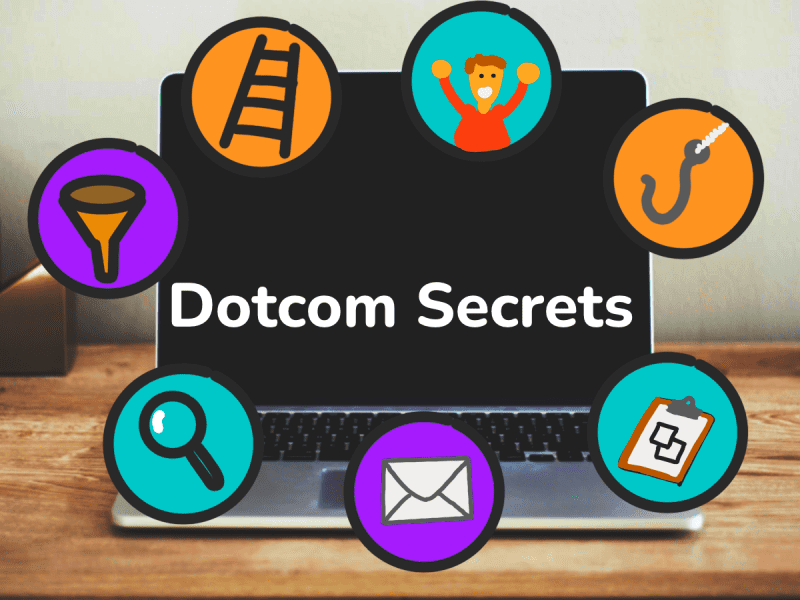
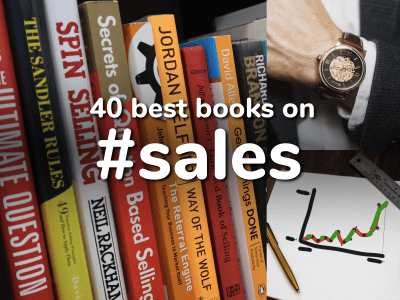
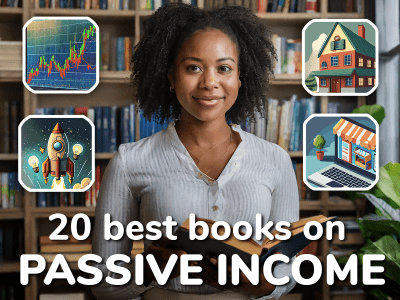
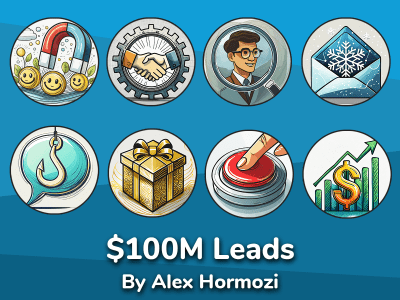
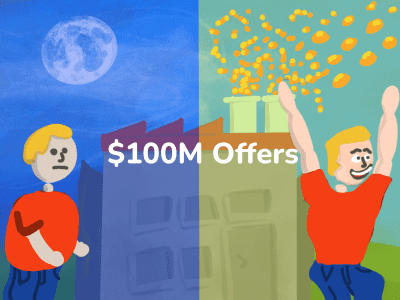
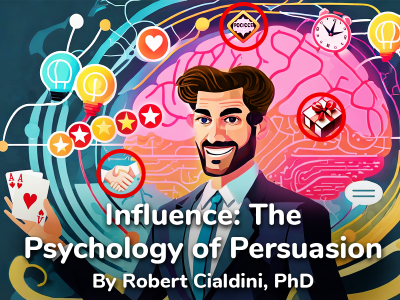
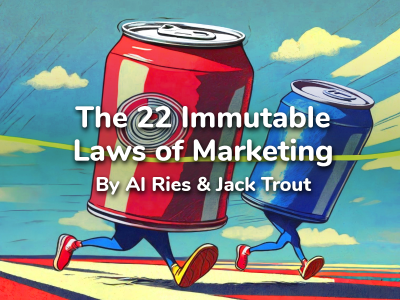

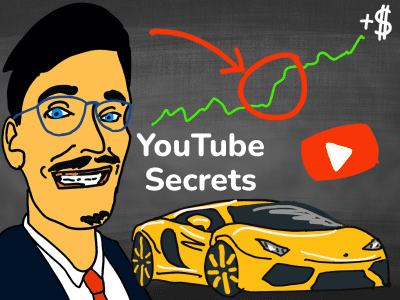


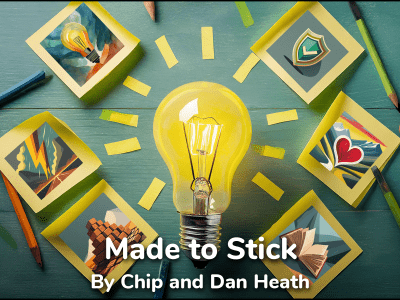







Community Notes